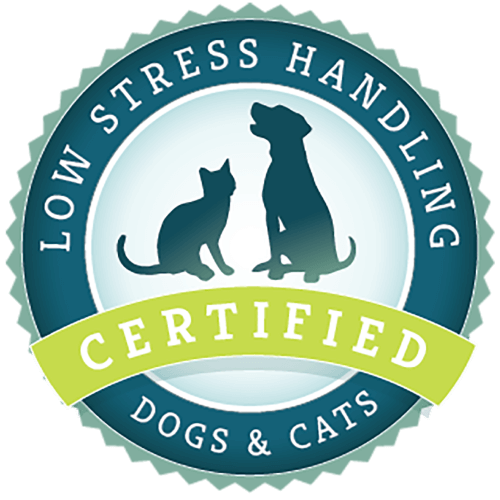What article are you looking for?
Category: I am a Trainer
A Workshop for Reactive Dogs: It’s All About Technique and Timing
Once the owners have made the subtle but important changes to their technique and are getting better responses in their dogs, we work on using the exercises with distractions—the distraction that they actually react to OR any known distraction that they can handle. The goal is to present the distraction at a level that the dog-handler team can handle and then work in progressively more difficult distractions.
Common Questions about the Treat & Train®: How a Corgi Taught Her Owners How Valuable This Tool Can Be
When people hear about the Treat&Train®, they frequently ask similar questions. How can the Treat&Train help me train my dog to be calm? Why would I want to use a machine to deliver treats instead of giving them myself by hand? Can I use the device if I have multiple dogs in the house? Here’s one set of pet parents to a spunky Pembroke Welsh Corgi who learned the answer to all three of these questions when they tried the Treat&Train® with their high energy pup. “We have a high-energy dog who had trouble calming down, states owner Jennifer Lundmark.
Reactive Dog: Moving Past Distractions on a Walk
Angry Dog Question: My dog loves to jump on people and dogs who pass by. He’s friendly, but often dogs and people aren’t appreciative. Once he even tripped a jogger. He’s ok if we can get 10 feet away but sometimes we can’t get far away. What should we do? Answer: If you already know the patterns for keeping your dog focused on you and can perform these in the presence of distractions relatively close by, you’re 80% there. Here are examples of how you can apply these exercises to situations where you see a human or dog approaching on
Reactive Dog: Foundation Exercises for Your Leash-Reactive Dog
Question: My dog knows how to walk on leash but when he sees a cat that he wants to chase or a dog he doesn’t like, he goes bonkers, lunging and barking, and I can barely control him. I try to use treats to get his attention but it doesn’t work. Is there anything else I should do? Answer: You might think the answer is that if you try treats and they don’t work you should move to a method that’s more severe, such as yanking with a choke chain or pinch collar or something so aversive that it makes
My Dog Knows Some Walking Exercises: How to Incorporate Them Into a Walk
You’ve already learned a number of exercises that are important for taking your dog on a walk. You’ve learned the following foundation exercises: Repeat sits backwards which you can use to first get your dog focused on you and also when there are big distractions such as people your dog wants to leap towards and jump on. (Watch Say Please By Sitting) Repeat sits on the left side (heel side) to turn running and suddenly stopping and sitting into a game. Proper speed to walk to help your dog understand where you want him to go as well as
Training Pups and Adult Dogs to Heel: Repeat Sits on the Left Side
One of the major issues with teaching dogs to walk well on lead is that they want to rush ahead to see the sights. Walking next to you, and especially stopping to wait, is boring to them compared to exploring. How do we remedy the situation? We make sticking next to you and stopping a fun game—one that’s as exciting as the people, sounds and smells on a walk. In this blog, we’ll do this by working on an exercise I call “Repeat Sits on the Left Side.” I’ll show two variations—one with a lure and one with what I

Low Stress Handling® Silver-Level Certification
Individual Certification at this level demonstrates to clients and employers the individual’s dedicated interest in Low Stress Handling®. Hospital Certification at this level demonstrates to clients and staff the hospital’s commitment to appropriately training staff in Low Stress Handling® methods.
Learn More
